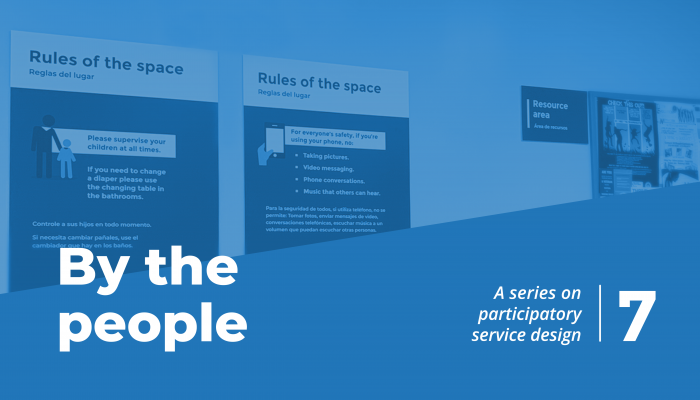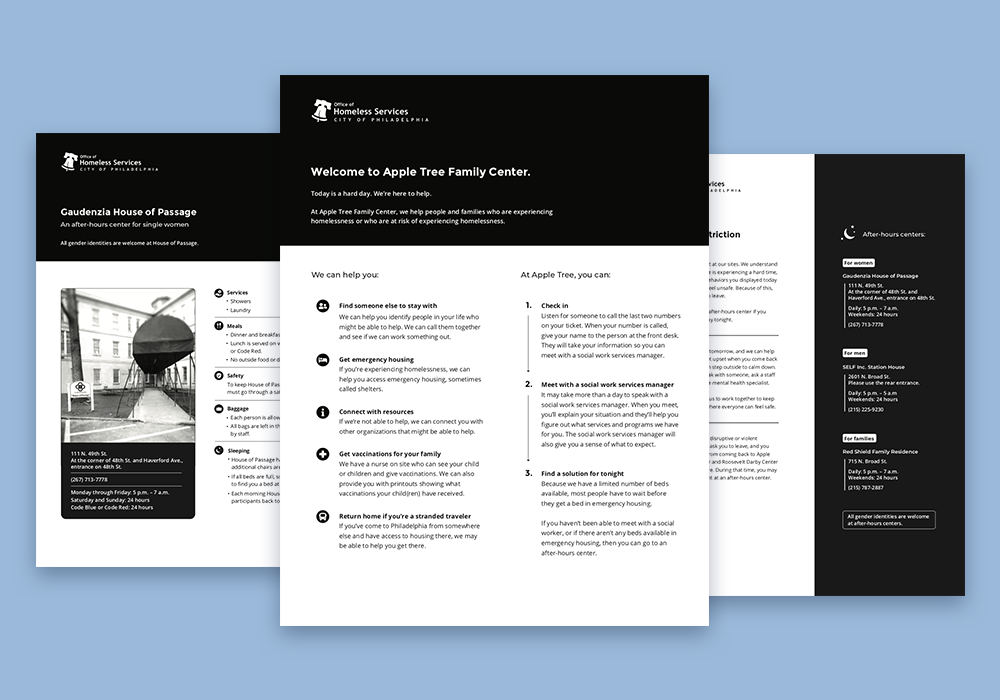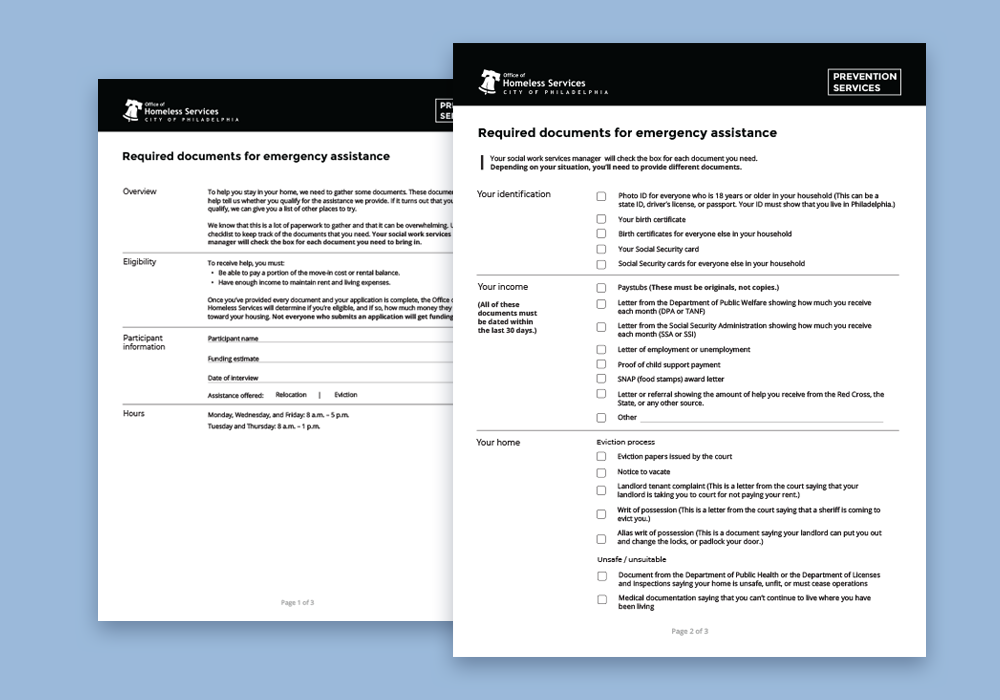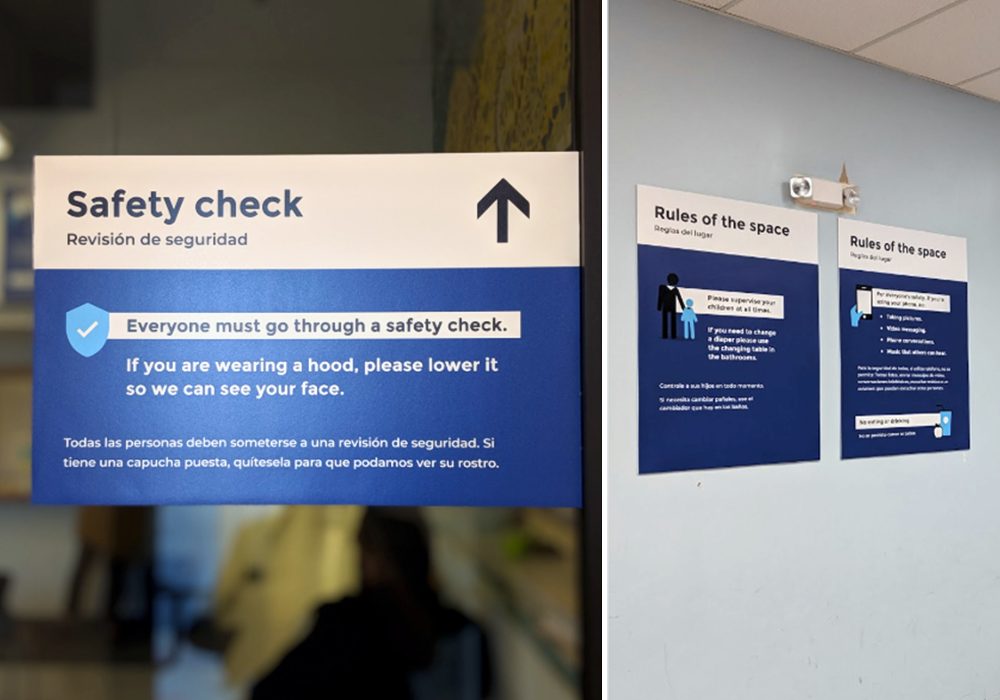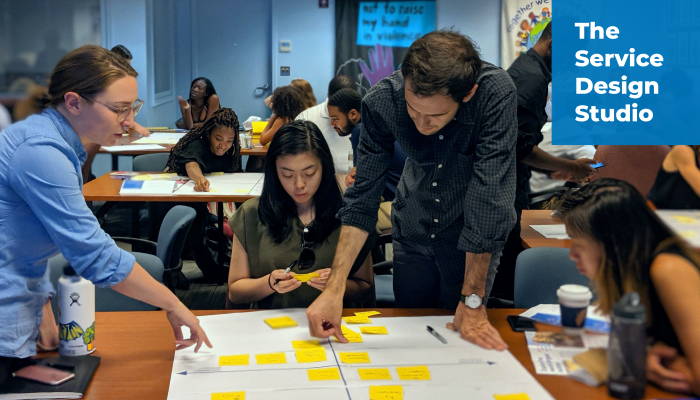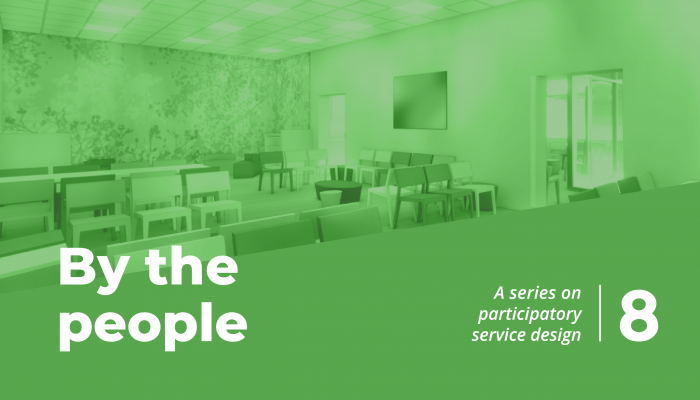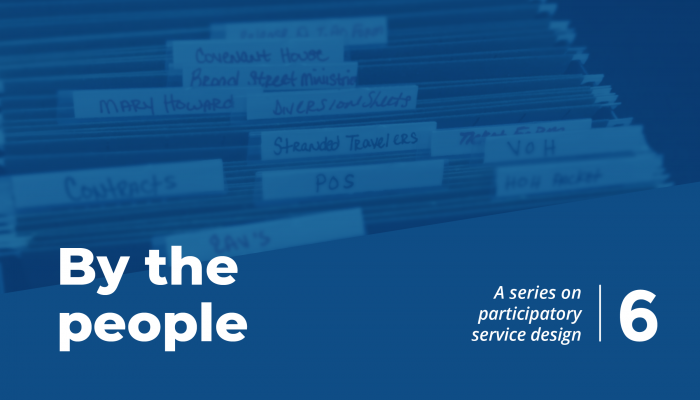This post is part of a series called By the people. It explores how the Office of Homeless Services (OHS) and the Office of Open Data & Digital Transformation (ODDT) are using participatory service design methods to improve the City’s homeless prevention, diversion, and intake services. If you’re new to the series, begin with our last post.
Each year, the City of Philadelphia’s Office of Homeless Services (OHS) helps thousands of people. From providing emergency shelter to helping residents avoid eviction, OHS offers a critical safety net for at-risk Philadelphians.
Our team identified a trauma-informed content strategy based on three pillars: clear and concise, goal directed with choice, and safe and respectful. Using those pillars we made recommendations about large projects that OHS could tackle over time, and small projects that could begin right away.
The small projects were:
- Rewriting some forms that are part of the prevention, diversion, and intake process.
- Creating one-page resources for participants at key points in the service.
- Rewriting and rerecording outgoing phone messages.
- Creating a cohesive and clear wayfinding system at Access Points where participants come to receive services.
The challenge
The process for prevention, diversion and intake is complex, and no one person or entity holds all the information or resources. To begin creating materials that would make the process clear and safe for participants, we had to consult with OHS staff in a wide variety of roles, from security guards to social workers to supervisors. Then we had to work together to figure out how we could share the most accurate information in a way that was trauma-informed.
The solution
We broke our work down into two phases.
In the first phase, we spoke to as many experts as possible from across the service experience. Often we were able to look at forms or flyers that had some important information on them, but we needed OHS professional expertise to be sure that we were giving participants the most accurate information.
We found that crucial pieces of information were scattered across the service journey with different people and on different documents. Talking to everyone helped us to collect all the information, and begin drafting content. This content would paint a clear and useful picture of the entire service journey, from entering the Access Point, to getting a bed at an Emergency Housing site, also called shelters.
Our process
Once we had gathered information about the process from a variety of sources we:
- Interviewed staff and participants
- Wrote a first draft of each informational material
- Had it reviewed by a peer on the Digital Transformation content team
- Presented it to leadership from the OHS Prevention, Diversion and Intake team, and received feedback.
- Revised the draft
- Added design
- Presented it to leadership at OHS again
- Had it reviewed by our trauma-informed specialist, Dr. Meagan Corrado
- Revised the draft again
- Had a final internal review from the Digital Transformation content team
- Had a final review from leadership from the OHS Prevention, Diversion and Intake team.
- Had the content translated into Spanish.
- Developed implementation training for front line staff
- Printed, published, and implemented the informational tools.
At each step of this process we adhered to the three pillars of a trauma-informed content strategy. We were always asking ourselves how to make our tools more person-centered and more accessible to people who might be in the midst of an extremely traumatic time.
These are some of the resources that we developed:
We completed these resources in June of 2019, but the work continues. We recognize that this information will change over time, and that these tools are a first iteration of these resources. As feedback comes in from participants and from staff we will work with our colleagues at OHS to update these resources so they remain useful, accurate, and trauma-informed.

